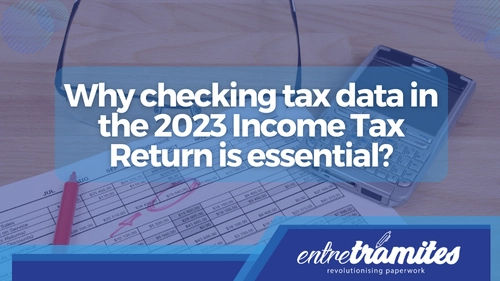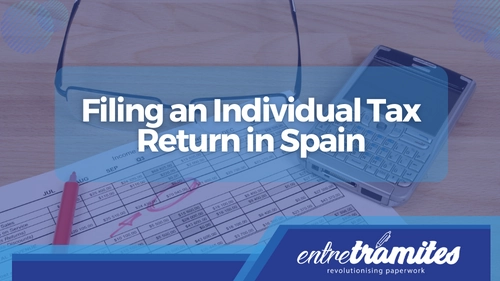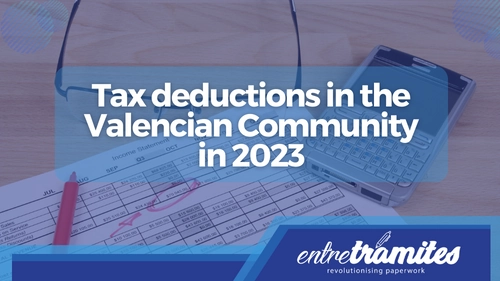Want to understand your payslip or tax return better? Use the IRPF calculator Spain to estimate your tax and adjust your finances with confidence.
What Is the IRPF and How Is It Calculated in Spain?
The IRPF (Impuesto sobre la Renta de las Personas Físicas) is Spain’s personal income tax. It’s a progressive tax — meaning the more you earn, the more you pay — but not all your income is taxed at the same rate.
The IRPF calculator Spain allows you to estimate your annual tax burden based on:
- Your gross income
- Your region of tax residence
- Personal and family circumstances
- Social Security contributions
Updated IRPF Tax Brackets in Spain (2025)
As of 2025, the tax brackets remain similar to those from previous years, adjusted slightly for inflation. Here’s a simplified breakdown of how the progressive structure works:
Example: If your gross income is €40,000, you don’t pay 37% on all of it. Instead, each portion is taxed progressively, resulting in a lower effective tax rate.
How Does the IRPF Calculator Spain Work?
The calculator provided by the Spanish Tax Agency (Agencia Tributaria) considers multiple factors:
- Gross annual income
- Social Security deductions (they reduce your taxable base)
- Family situation (marital status, dependents, disabilities)
- Applicable reductions (e.g., personal minimums)
- Region (since regional rates vary)
The result? A reliable estimate of your IRPF retention — the percentage deducted monthly from your salary — and what you might owe or receive at the end of the tax year.
Why Do People with Similar Salaries Pay Different Amounts?
Two people with the same gross salary can have very different IRPF retentions due to:
- Having or not having children
- Marital status
- Declared disabilities
- Living in regions with different tax rates
Example: A single person earning €25,000 might have a 12% retention, while a married parent with the same income might be taxed below 9%.
How to Know If Your Retention Is Correct
If your employer withholds too little IRPF, you may have to pay extra during your tax return. To avoid surprises:
- Use the IRPF calculator Spain on the Agencia Tributaria’s website
- Ask your employer to increase your retention rate voluntarily if needed
This is common for temporary workers, or those who start working mid-year.
What If You Have Multiple Employers?
If you’ve had more than one employer during the year:
- You must file a tax return if you earned more than €15,000 from your second job onward
- Each employer applies retention only to their portion of your salary
- The total IRPF due may be higher than what was withheld
What Are Personal and Family Minimums?
These are amounts that reduce your taxable income. For 2025:
- €5,550: for singles under 65
- €6,700: for those aged 65–74
- €8,100: for those over 75
- +€2,400 for each dependent child under 25 living with you
These deductions are automatically considered in the calculator if you provide your household information.
Frequently Asked Questions (FAQs)
How does Social Security affect IRPF?
Social Security contributions reduce your gross income for IRPF purposes. If you earn €30,000 and pay €2,000 into Social Security, your taxable base becomes €28,000.
Can I change my monthly retention?
Yes. You can request your employer apply a higher retention rate, especially if you expect other income or want to avoid a high payment later.
Is the IRPF calculator Spain accurate?
Yes, it’s based on official tax rates and algorithms used by the Tax Agency, but the final amount can vary depending on your full financial and family profile.
Use the IRPF Calculator Spain to Plan Smart
Whether you’re a salaried employee, freelancer, or expat living in Spain, knowing your IRPF obligations helps you manage your personal finances wisely and avoid tax surprises.At Entre Trámites, we assist individuals, autónomos, and small businesses with their tax calculations, IRPF filing, and retention adjustments. We make taxes easier — and help you save money where it counts. You can also contact us directly through this contact Form for us to call you, or if you prefer, you can schedule a free consultation or write to us on WhatsApp.





